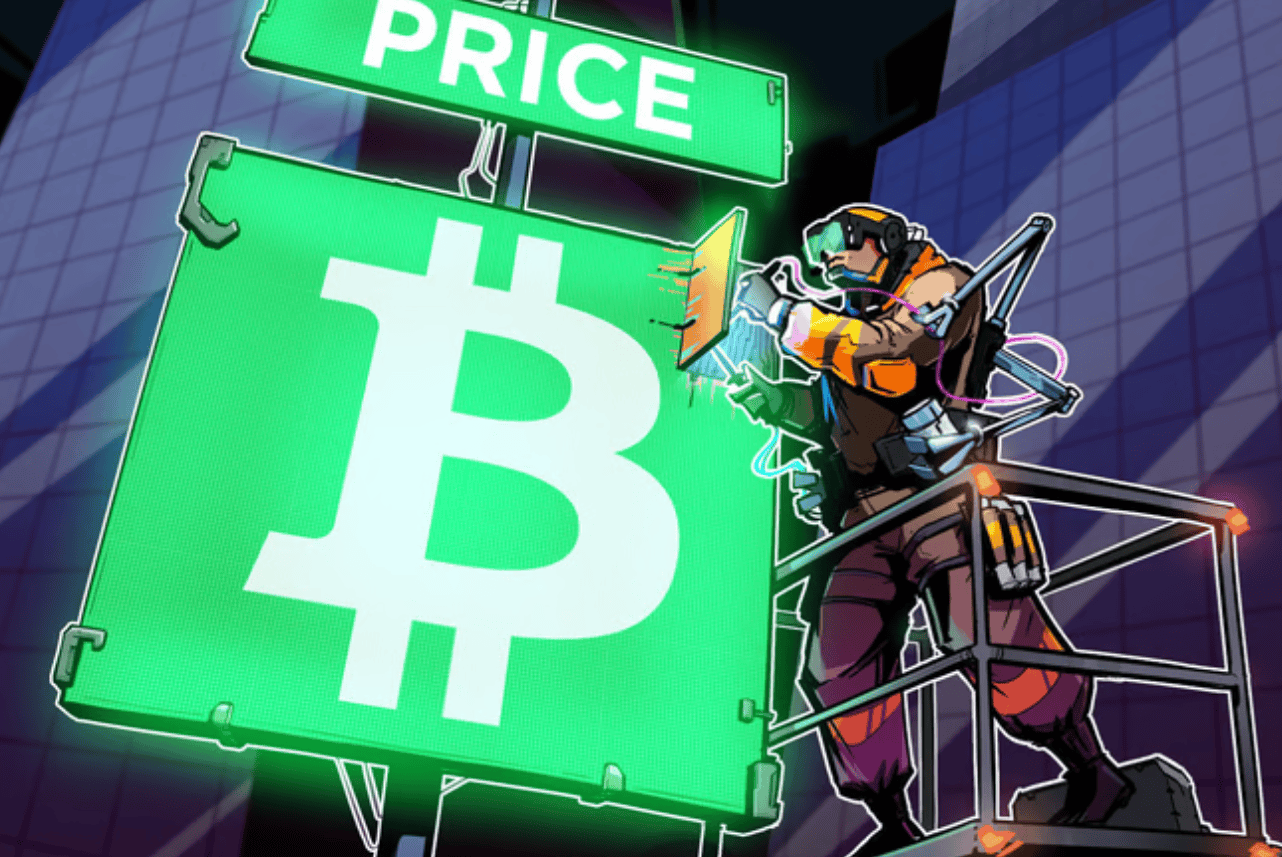
Bitcoin circled $67,000 into the July 21 weekly close as an “extremely explosive move” set the stage for 10% gains.

Bitcoin price continues “phenomenal retest”
Data from Cointelegraph Markets Pro and TradingView showed BTC price action spiking to new July highs over the weekend.
The largest cryptocurrency held onto its recovery in out-of-hours trading, this equaling 10.4% week-to-date and 6.6% for July at the time of writing, confirmed by monitoring resource CoinGlass.

Unsurprisingly, market participants showed no shortage of optimism as a result.
Popular trader Benjamin Cowen hoped that the 20-week simple moving average (SMA) at $65,650 would function as support going forward.
“Extremely explosive move by BTC off the lower trend line back above its BMSB. wrote in a post on X.
“Let’s see if BTC can hold above the 20W SMA.”

Cowen referred to the Bitcoin bull market support band, an area of interest between the 20-week SMA and the 21-week exponential moving average (EMA). As Cointelegraph reported, BTC/USD has traded above the band for the majority of its latest bull market.
Trader and analyst Rekt Capital meanwhile focused on the relative insignificance of Bitcoin’s correction since March’s new all-time highs.

On monthly timeframes, he continued, BTC/USD had successfully retested its old 2021 all-time high as support in part of an ongoing resistance/support flip.
“Phenomenal retest of the old All Time High resistance (red) as new major support (green),” he commented alongside an explanatory chart.
“Bitcoin has been successfully retesting this vital region as new support for 5 consecutive months.”

Crypto sentiment lurches toward “extreme greed”
In further evidence of the extent of the crypto recovery, sentiment reached its “greediest” in over a month, as measured by the Crypto Fear & Greed Index.
The classic sentiment gauge, which uses a basket of factors to compute an aggregate mood score for crypto markets, stood just below “extreme greed” on the day at 74/100.
Just a week ago, the Index measured just 25/100, corresponding to the inverse scenario, “extreme fear,” characterizing the average trader’s market perspective.

